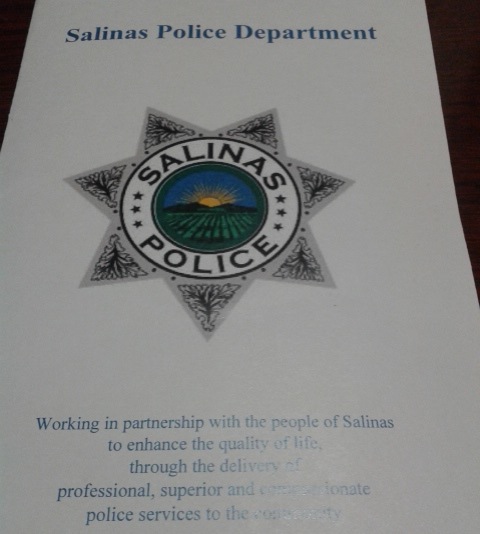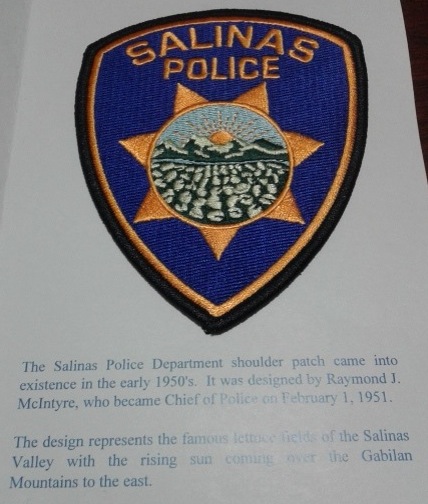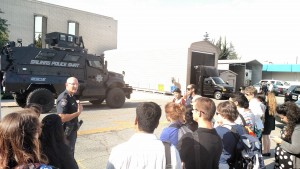Love, Hate and Anger
August 3, 2015In his 1989 movie “Do the Right Thing”, Spike Lee explored the Kingian tension between love and hate, in the aftermath of the Civil Rights Movement. Lee paints a dark picture of the state of civil society in the USA in a post-civil rights era, a reality charged with lasting racial tensions and emphasized differences.
For those of you that didn’t watch “Do the Right Thing” yet, I highly recommend it. It’s a must-watch for anyone interested in revolutionary philosophy, American history, gentrification, police brutality, and… hip hop. It’s a seriously good movie.
I was reminded of this film several times during Kazu Haga’s talk this evening, about the “militant power” of Kingian nonviolence. Spike Lee obviously did his research for the film. Haga’s presentation tied quite directly with some of the issues that Lee raises in the movie, in ways that I didn’t think about before. Take a look at this clip, for example:
(and, by the way, both clips I’m linking to have some strong language, so watch out if you’re not into that)
Radio Raheem’s monologue alludes to the differences between MLK’s strategy and Malcolm X’s, a topic which created and continues to create tensions within the Black community in the United States, and rightly so.
What strategy should we use, as oppressed peoples? In Palestine, the issue of nonviolent vs violent resistance comes up quite a lot. Palestinians became pros in nonviolent resistance. In the West Bank, weekly demonstrations have been held for years in villages like Bil’in, Ni’lin, and others, all of which have a strong nonviolent emphasis. Protesters march down the road to the separation wall, singing songs and waiving flags, nonviolently, until they’re forcefully dispersed by the Israeli military and the demonstration is over. In the U.S, MLK led the nonviolent Civil Rights Movement, calling for full equality for all American citizens in any and every context, using the same kinds of strategies.
Having experienced Israeli retaliation at it’s harshest during the Second Intifada, many Palestinians quickly realized that violent resistance is not worth it, even when it’s legitimate and justified. I know a lot less about the history of nonviolent resistance in the US, so I will not try to explain where it originated, but I am sure the reasons are similar. Turning the other cheek, as Haga explained, is an act of defiance when facing a stronger adversary. Do it. It’s easy to hit me with the back of your hand; now try with the palm.
Spike Lee’s “Do the Right Thing” is about the relationship between interpersonal and structural violence in American cities. It’s about poverty and accountability. Who should I blame, as a poor Latino in Queens? Who should I blame as a young Black man, for being beaten down on my own block for no good reason? The movie explores every possible answer – the members of the community are to blame for their own immobility, the police are to blame, privileged White America is to blame, the rich are to blame, hell, maybe it’s because it’s too damn hot in here.



 Posted by Rida Abu Rass
Posted by Rida Abu Rass







